One of the best ways to reduce anxiety is using a tool all of us have within our tool belts all of the time: breathing. However, while breathing is something we all do, every day, there are certain types of breathing that help reduce anxiety and the more you practice them, the easier it is to use in difficult moments.
There are two parts to our nervous systems: the Sympathetic Nervous System (SNS) and the Parasympathetic Nervous System (PNS). Your SNS preps your body for “fight or flight” so when your SNS is working you might notice your breathing quickens, heart races, muscles tense, etc. When your SNS is working hard, you feel revved up, restless, or anxious (McCorry, 2007).
The PNS works to slow down your heart rate, lower your blood pressure and relax your muscles in order to “rest and digest”. The PNS conserves energy, while the SNS wants to expend energy (McCorry, 2007).
Your PNS calms the body, so if you are feeling anxious, you want your PNS to step up and calm down your SNS (McCorry, 2007). One way to quickly engage the PNS is through breathing exercises. When you are stressed and anxious, the SNS causes your breathing to be quick and shallow, causing feelings of dizziness, nausea, tingling, and other symptoms of intense anxiety. To reverse this, engage your PNS by taking slow, steady breaths from deep in your lungs. Some call this “diaphragmatic breathing”, however there are many breathing techniques you can try, that involve deep breathing and focusing on different parts of the body as you take deep breaths.
Feeling like your SNS doesn’t give your PNS space to breathe? Click here for support on reducing anxiety and managing your SNS.


